INTRO
Smartphone Studio 4: How To Edit Your Micro-Doc [13:11 min]
TRANSCRIPT
In our last video we showed you how to shoot engaging interviews for your A-Roll and capture supplemental, cinematic shots for your B-Roll.
Now it’s time to put this all together, and edit your micro-doc in Final Cut Pro.
For this video, let’s take 2 interviews you recorded earlier on the same subject, and use that content as the basis of our micro documentary. Let’s keep things simple and have the length of this micro-doc be no longer than about 5 minutes.
Your microdoc will consist of the following types of media to tell your story:
Interview footage or narration that will go in your primary storyline in Final Cut Pro (A-Roll)
Additional video, pictures, or footage that will reinforce your narrative (your B-Roll). This footage will go above your main timeline, creating what is called a Secondary Storyline in Final Cut Pro.
Media Management is one of the most important things to do when editing your micro-documentary. This is because you may have a variety of different footage of your micro documentary from a variety of sources, including interviews and b-roll that was shot over many different days on your iPhone.
In our how to make a micro-documentary and mini movie, we talked about how you can use the Filmic Pro app to label your shots you took with your iPhone with their CMS (Content Management System) and airdrop them to your Mac. Move all of the footage out of your downloads folder into either a folder named after your project in your Movies folder, or onto a folder on an external hard drive.
Once you are done airdropping your footage to your Mac,, let’s create our Final Cut Pro Library.
Launch Final Cut Pro.
Close out any open libraries. We will be creating a new library for this project.
Go to File - New - Library.
Let’s name our Library: Micro Documentary.
Double Click the Events name and rename it Micro Documentary Media
Import your footage into your library.
Select Command-I or the down import arrow.
Now, if you shot a small amount of footage you can keep all of it in one event. If you shot a lot of different types of footage in multiple places, you may want to organize your footage across multiple events. You can add events by going to File_new_event or by pressing option-N.
Now let’s set up our Timeline.
Select New Project
Give your Project a name- Micro Doc movie .
Select Custom Settings
There is a possibility that you have different media types, resolutions and formats. The best practice is to set up your timeline resolution based on the resolution and frame rate you shot your interviews and b-roll in. If you shot in 4k, this would likely be 3840x2160 at 30p. If you shot 1080, select 1920x1080. Once you have the correct settings in, select Ok to make your timeline
Now it is time to assemble your story.
Your first edit is going to consist of mainly bringing down the A-Roll interview into your timeline. From there you will fine tune the narrative.
First let’s add some type of mission statement, images to the beginning of your timeline, this will give you a reminder of the personal connection and what you want to convey as a them to your micro doc.
Go to the edit menu, select connect title and basic title or press Control-T.
Double click on the basic title to edit the text. Type in a mission statement or a tagline for your story. (You can always change it or delete it later on in the editing process.)
Next grab 2 images from your b-roll keyword collection to your timeline.
Select two static images, select them, and hit the E key to bring them to your timeline.
Currently there is no movement in the images. We will add a Ken Burns effect a little bit later.
For now let’s bring the interview A-Roll into the timeline.
Go into the browser and select a clip that has A-Roll you’d like to edit into the timeline. Next, use the skimmer to find an answer from the interviewee you’d like to edit into the timeline. Go to the beginning of the answer and set an in point by pressing I. Now, play to the point where you’d like to see the answer stop, and press O to set an out point.
Drag this section into the timeline to make your first edit. Now, repeat this process with all of the clips you’d like to see in your timeline. What you are doing is stringing out your sound bites, which are short clips from the recorded interview, into what is called a Radio Edit, where the audio is telling the main story.
